Spam might be one of the most underrated pantry staples, but it’s surprisingly easy to mess up. Fry it wrong, and you’re left with a rubbery disappointment instead of crispy, savory perfection.
These common mistakes stand between you and the golden, flavorful slices Spam was meant to be. Avoid them, and you’ll turn that humble can into something seriously crave-worthy.
1. Not Draining The Excess Liquid

Crack open that can and what do you see? A pool of jelly-like preservative liquid surrounding your precious Spam block. Rookie mistake: tossing that gelatinous brick directly into your pan without draining.
The extra moisture creates a steaming effect rather than the delicious browning you’re after. Your Spam ends up pale and soggy instead of developing that irresistible golden crust. Simply dump the liquid down the drain, and give your Spam a quick rinse if you’re watching sodium.
2. Not Patting It Dry

Grab those paper towels! Even after draining, Spam retains surface moisture that sabotages your cooking efforts. This seemingly insignificant step separates amateur Spam enthusiasts from true connoisseurs.
Excess moisture creates steam when it hits the hot pan, preventing that gorgeous caramelization we crave. A quick pat-down with paper towels absorbs that extra moisture, setting the stage for perfectly crispy edges. Think of it as prepping your Spam for its moment in the spotlight.
3. Skipping The Pre-Cut Process

Slap! That’s the sound of an entire Spam block hitting your hot pan – and the beginning of your Spam-cooking nightmare. Throwing the whole block in creates an unevenly cooked mess with a raw center and burnt edges.
Pre-cutting allows for consistent cooking throughout each piece. Slice your Spam into uniform pieces – whether you prefer thick steaks, thin slices, or cubes depends on your recipe. The thickness of your cuts dramatically affects cooking time and texture.
4. Using High Heat
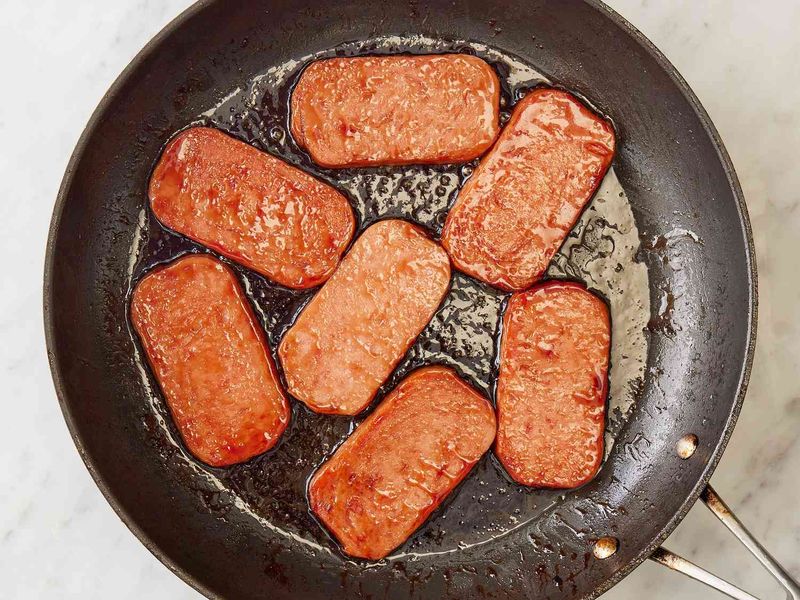
Holy smoke alarm! Cranking your stove to maximum inferno might seem like the fast track to crispy Spam, but you’re heading straight for disaster. High heat doesn’t just burn Spam – it creates a culinary catastrophe with a charred exterior and undercooked interior.
Spam’s high fat content means it needs medium heat to cook properly. This allows the fat to render slowly, creating that golden-brown exterior while heating the inside evenly. Patient cooking yields that perfect texture contrast: crispy outside, tender inside.
5. Overcrowding The Pan
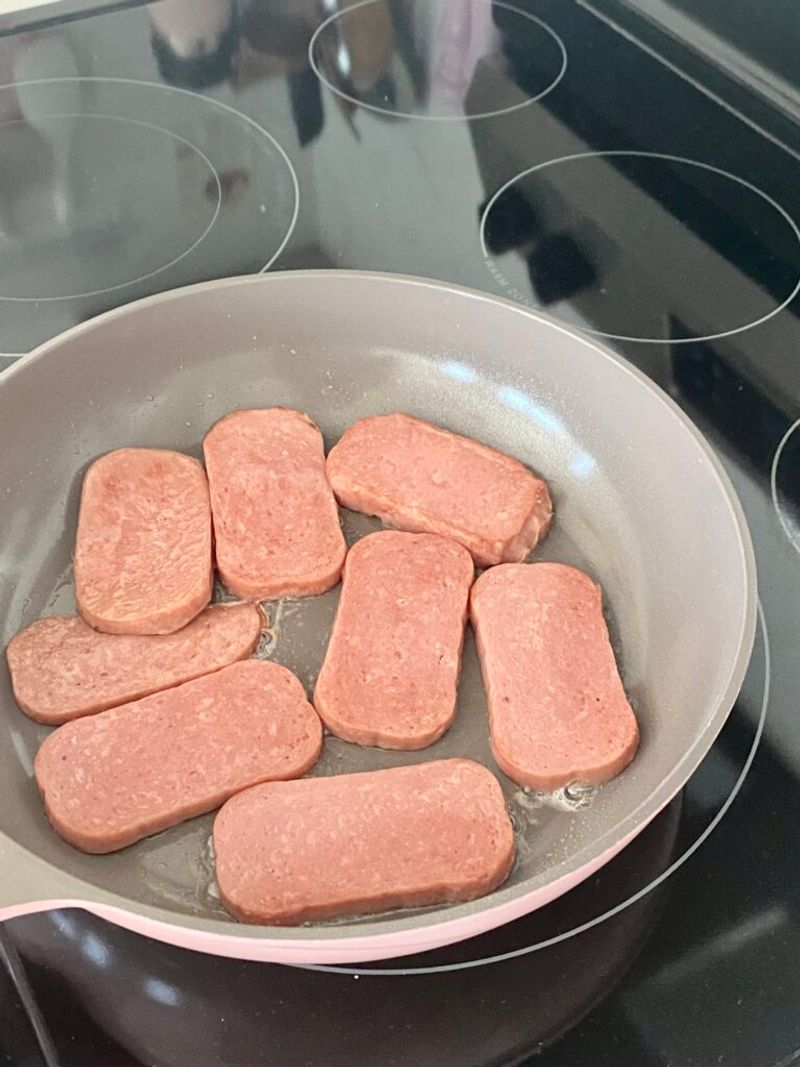
Sardines pack themselves tightly – your Spam slices shouldn’t! Jamming too many pieces into your pan creates a steamy situation where your Spam stews rather than sears. Those beautiful slices deserve their personal space.
When Spam pieces touch, they release moisture that gets trapped between them. Instead of evaporating, this moisture creates steam that prevents browning. The result? Pale, soggy Spam that never develops that coveted crispy exterior.
6. Not Using A Non-Stick Pan

Ripping your beautifully browned Spam off a sticky pan surface is a special kind of kitchen heartbreak! Spam’s high sugar content makes it particularly prone to sticking, leaving half your precious slice welded to the cooking surface.
A quality non-stick pan eliminates this frustration entirely. Cast iron works beautifully too, provided it’s well-seasoned. Either option ensures your Spam releases cleanly when flipped, preserving that perfect crust you’ve worked so hard to achieve.
7. Not Trying Seasoning

Sure, Spam comes pre-seasoned, but treating it as a one-note wonder is a tragic mistake! This versatile meat is basically a blank canvas waiting for your creative flavor touches.
Try dusting slices with brown sugar and black pepper before frying for a sweet-savory experience. Or coat with a mixture of soy sauce, garlic powder, and a touch of honey for Asian-inspired flavors. Even simple additions like smoked paprika, cayenne for heat, or a splash of teriyaki sauce transform ordinary Spam into a gourmet experience.
8. Not Pairing It Properly

Lonely Spam is sad Spam! Serving those perfect slices without thoughtful accompaniments is like wearing a tuxedo with flip-flops – technically complete but missing crucial context. The salty richness of Spam begs for complementary flavors.
Sweet partners like grilled pineapple, maple syrup, or caramelized onions create magical flavor balance. Acidic elements such as pickled vegetables, kimchi, or a squeeze of lime cut through the richness perfectly. For texture contrast, pair with something crunchy like toasted bread, crisp lettuce, or fresh cucumber.
9. Skipping The Crust
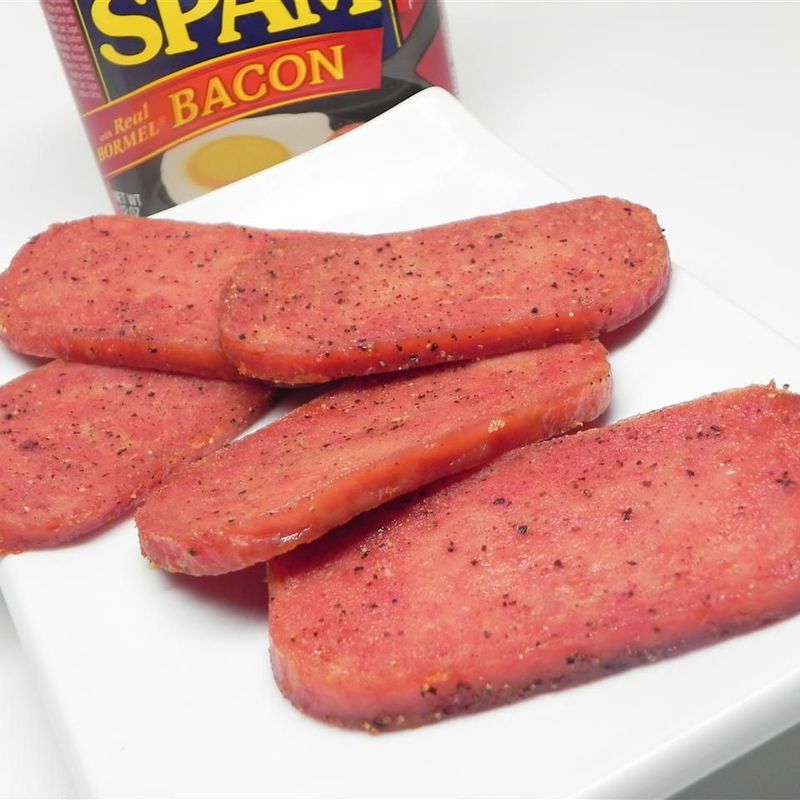
Flipping too soon? You’ve committed a cardinal Spam sin! The magic of properly cooked Spam lies in its contrasting textures – specifically that golden, caramelized exterior that gives way to a tender interior.
Patience is crucial here. Let each side develop a proper crust before even thinking about flipping. You’ll know it’s ready when the edges start to curl slightly and the surface turns a deep golden brown. This usually takes 2-3 minutes per side on medium heat.
10. Using The Wrong Cooking Method
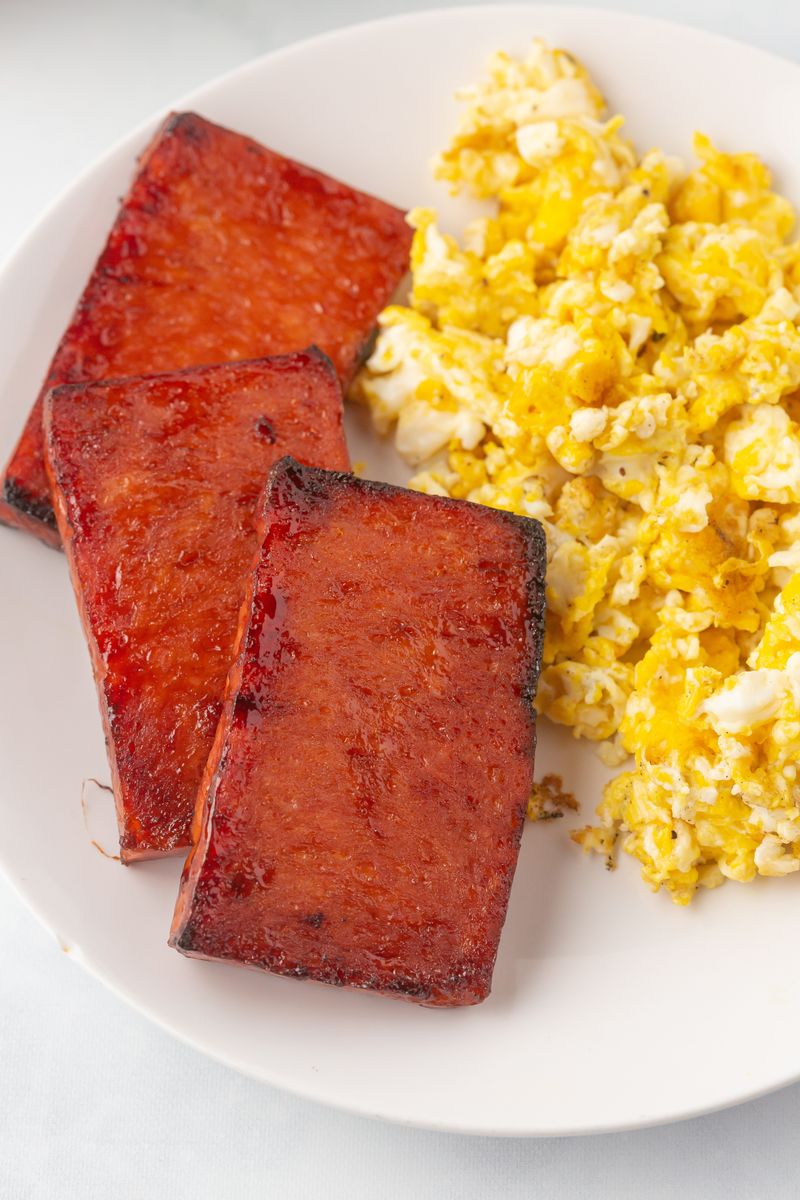
Microwaving Spam? Straight to kitchen jail! While technically you can cook Spam any way you want, certain methods showcase its unique qualities far better than others.
Pan-frying reigns supreme, creating that perfect textural contrast between crispy exterior and tender interior. Grilling adds smoky notes that complement Spam’s saltiness beautifully. Baking works well for Spam incorporated into casseroles or when you want even cooking without hands-on attention.
11. Ignoring Portion Control

Going ham on your Spam? That sodium and fat content adds up fast! A single 2-ounce serving (about two slices) contains roughly 32% of your daily sodium recommendation. Mindlessly piling your plate high with Spam might taste amazing but leaves you feeling like a human salt lick.
Instead, use Spam as a flavor component rather than the main event. Dice it and sprinkle over fried rice, chop it into small pieces for omelets, or thin-slice it for sandwiches where other ingredients share the spotlight.
12. Not Trying Different Varieties
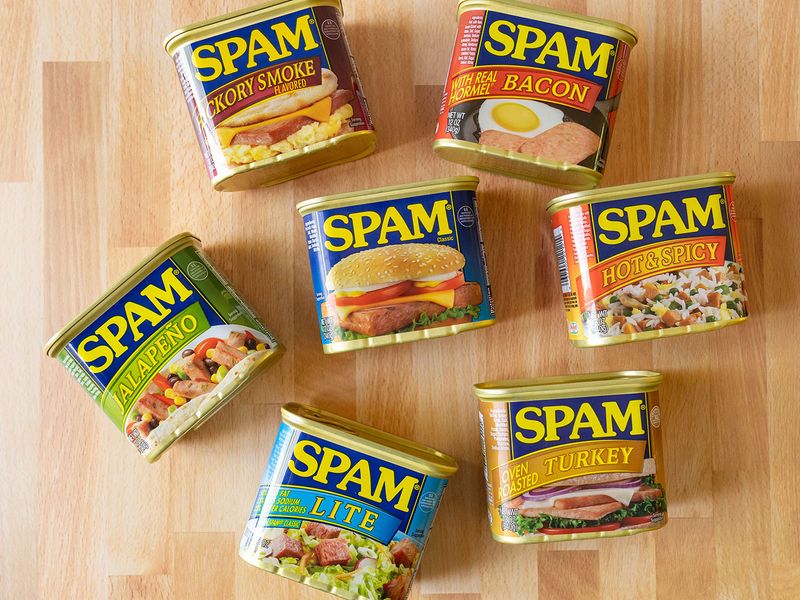
Stuck in a classic Spam rut? You’re missing out on a whole world of flavor possibilities! Beyond the original blue can lurks an entire family of Spam varieties waiting to revolutionize your cooking.
Spam Lite cuts fat and sodium while maintaining flavor. Spam with Bacon adds smokiness without extra work. Jalapeño Spam brings heat to the party. Hot and Spicy, Teriyaki, and Hickory Smoke varieties each offer unique flavor profiles that inspire different recipe directions.
13. Not Incorporating It Into Recipes

Stuck in the slice-and-fry loop? Treating Spam as a one-trick pony drastically limits its potential! This versatile ingredient shines in countless recipes beyond the basic fried slice.
Dice it for fried rice or pasta carbonara. Cube it for breakfast potatoes or mac and cheese. Crumble it as a pizza topping or taco filling. Spam musubi, Spam fritters, Spam and potato soup – the possibilities stretch far beyond the obvious.
14. Neglecting Proper Storage
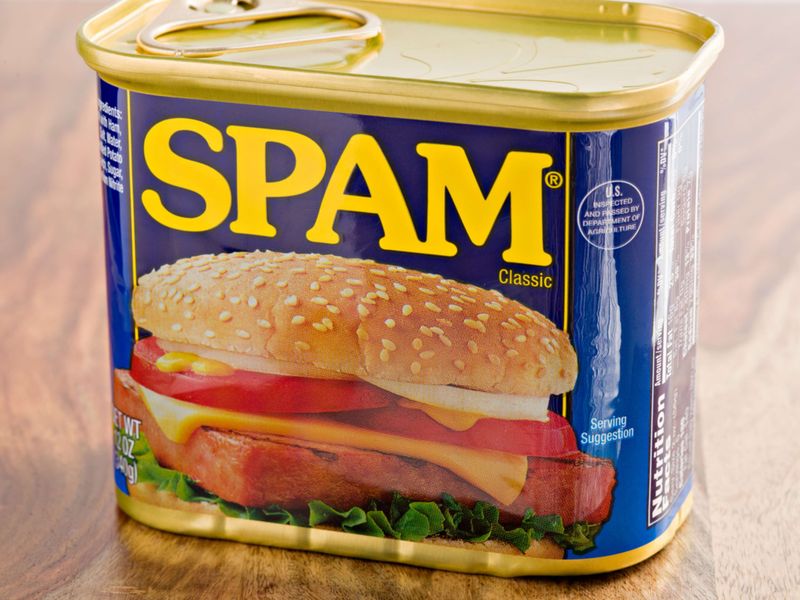
Opened that can yesterday and left the remaining Spam exposed in your fridge? You’ve set yourself up for disappointment! Proper storage maintains both safety and quality of this preserved meat product.
Unopened cans keep for years in your pantry. Once opened, transfer remaining Spam to an airtight container – never leave it in the original can, which can leach metallic flavors. Refrigerated Spam stays good for 7-10 days when properly stored.
15. Ignoring The Fat Content
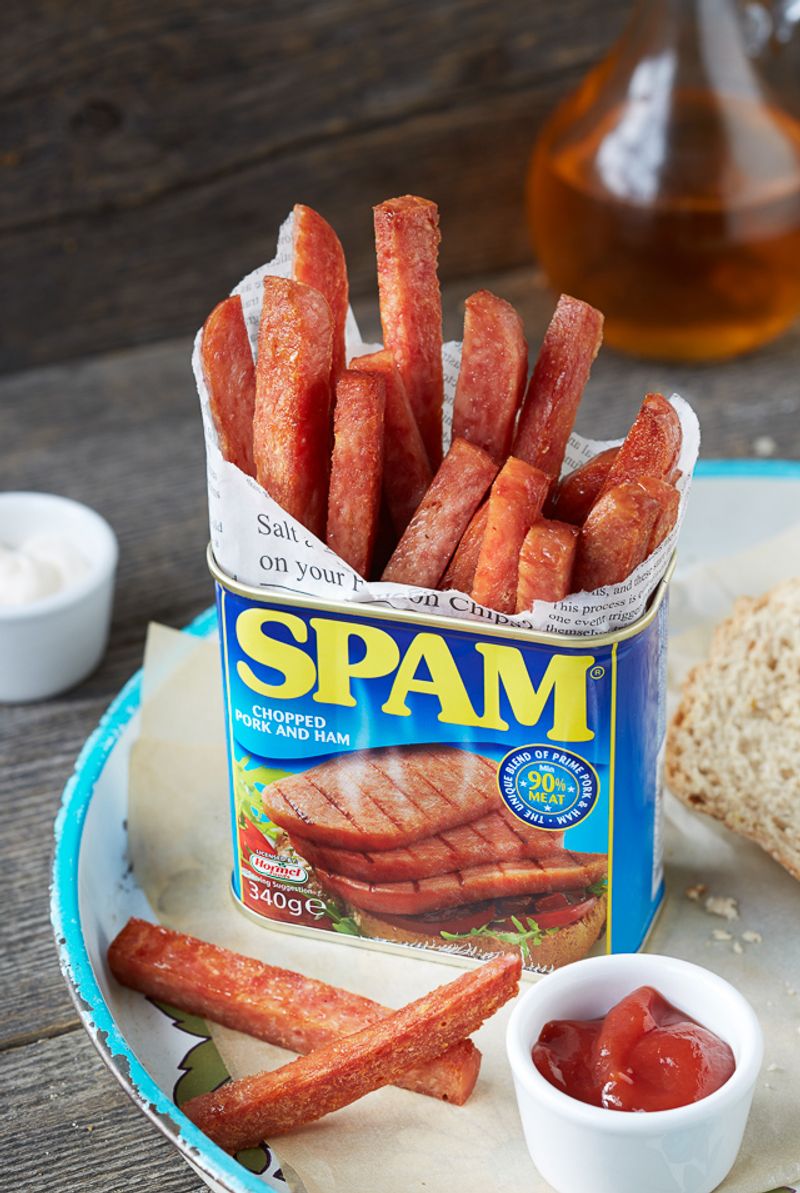
Grease fire! Forgetting that Spam is roughly 27% fat leads to common cooking catastrophes. That high fat content is both blessing and curse – it creates amazing flavor but requires specific handling.
As Spam cooks, fat renders out into the pan. Without management, this excess fat can make your final dish unpleasantly greasy. For crispier results, occasionally drain excess fat during cooking. For healthier preparation, cook Spam on a wire rack in the oven so fat drips away.
16. Not Using Enough Acidity
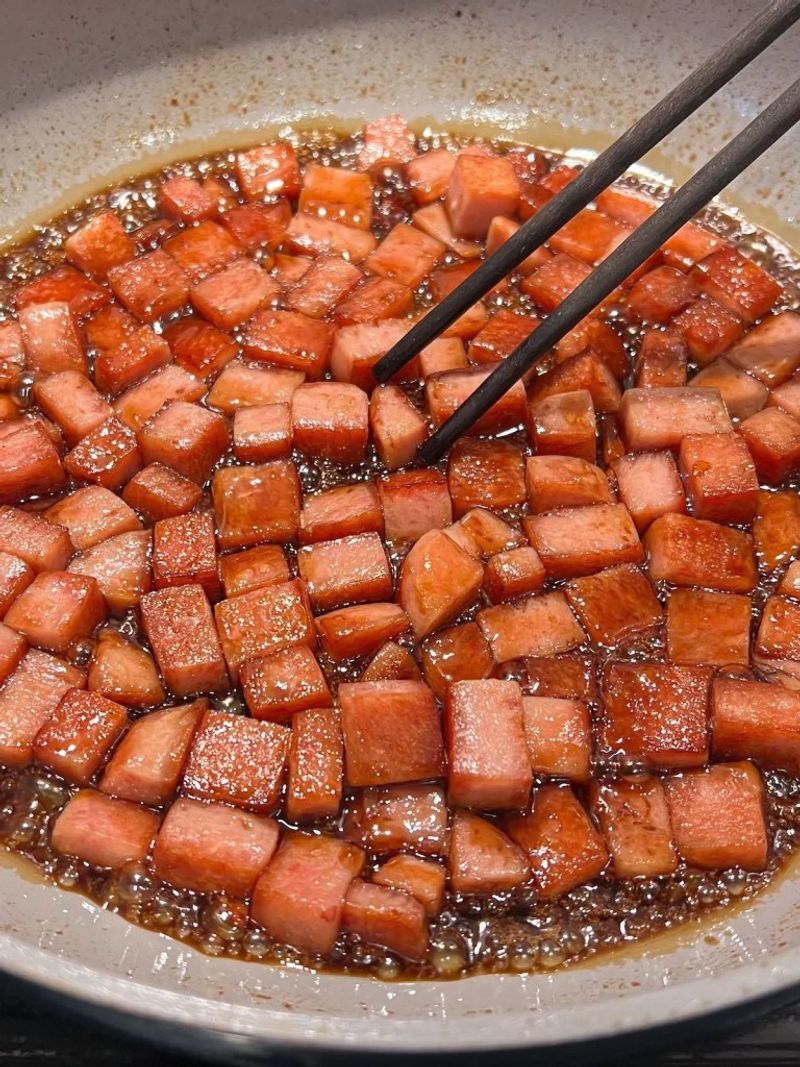
Missing the magic of contrast? Spam’s intense saltiness and richness practically begs for acidic counterpoints, yet many cooks overlook this crucial flavor balancing act.
A squeeze of fresh lime or lemon juice over fried Spam brightens the entire dish. Vinegar-based condiments like pickles, sauerkraut, or kimchi cut through richness perfectly. Even tomatoes or pineapple provide enough acidity to balance Spam’s bold flavors while adding their own complementary notes.
17. Skipping The Rest Period
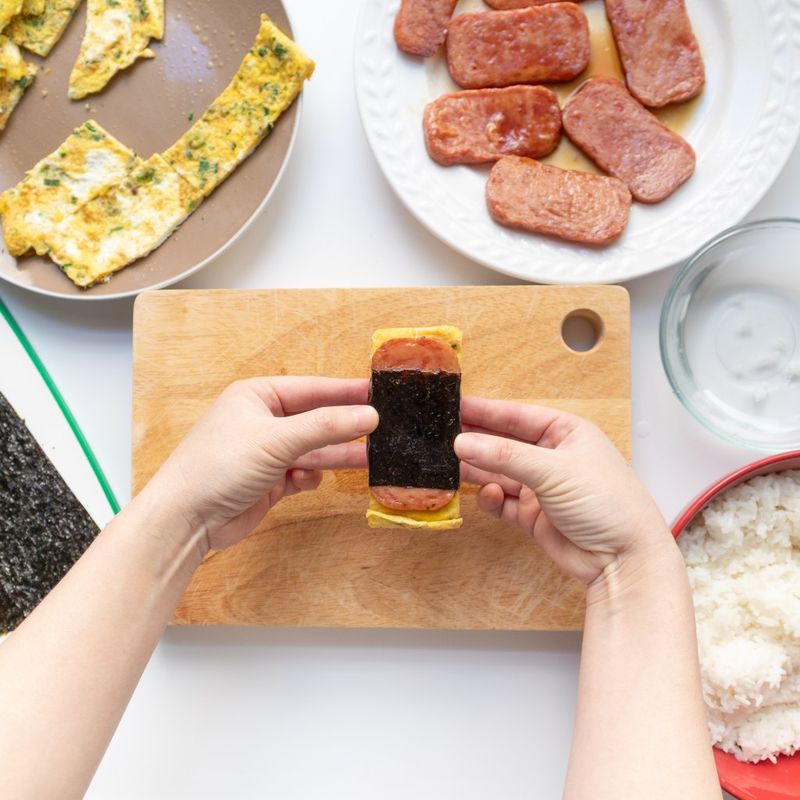
Impatient much? Grabbing that Spam straight from the pan and immediately chomping down robs you of peak flavor and texture. Those extra 60 seconds of waiting feel eternal but transform your Spam experience.
Just like with steak, letting Spam rest after cooking allows internal temperature to equalize and juices to redistribute. This prevents that disappointing scenario where all the flavorful juices run out on the first bite, leaving the rest dry and less tasty.

